Indian shooting at Paris 2024: Good but not good enough
Indian shooters by-and-large put up better scores and placings than at previous Olympics, but this is not their ceiling.

Bronze medalist Manu Bhaker of India reacts during the awarding ceremony after the 10m air pistol women's final of shooting at the Paris 2024 Olympic Games (Via Imago)
After the utter disappointments that were Rio 2016 and Tokyo 2020 for Indian shooting, Paris 2024 must have come as a major relief for everyone with a stake in Indian Olympic sport. The contingent of 2024 won three Bronze medals and several fourth-place finishes and final places.
On paper, it was the best-ever Olympic medal tally for Indian shooting and the sport was the largest contributor to India’s medal tally at Paris. Yet given the massive government expenditure on the sport, the size of the contingent, and the past performances of many of the shooters, Paris 2024 has to go down as yet another missed opportunity for Indian shooting.
When a nation like Guatemala, with a population of 18 million and not much prior pedigree in shooting sport, can manage to win a gold and bronze, what is stopping India from matching the standards set way back in Beijing 2008?
Indian shooters (and their coaches), with all the talent pool and government support, had the chance to really erupt on the global scene (like just Yusuf Dikec did) yet all of the 21 barring 3 are left with ‘hard luck, better luck next time’ messages to show for three years of hard work.
Add to this, Russia, one of the stronger shooting nations historically, did not even participate in Paris. It was a major missed opportunity for India.
So what went wrong for the majority of India’s shooters?
‘Losing nerve at crucial moments’ was mentioned as one of the 5 pitfalls Indian shooters need to avoid in Paris. Numerous instances of shooters losing out on finals places due to one bad series or shot, often at the end stages of qualification, were given.
Yet, despite so many examples from the past, no effort was made to improve the shooters’ mental strength. There was no attempt by the coaches to inculcate concepts like clutchness, killer instinct, and ruthlessness.
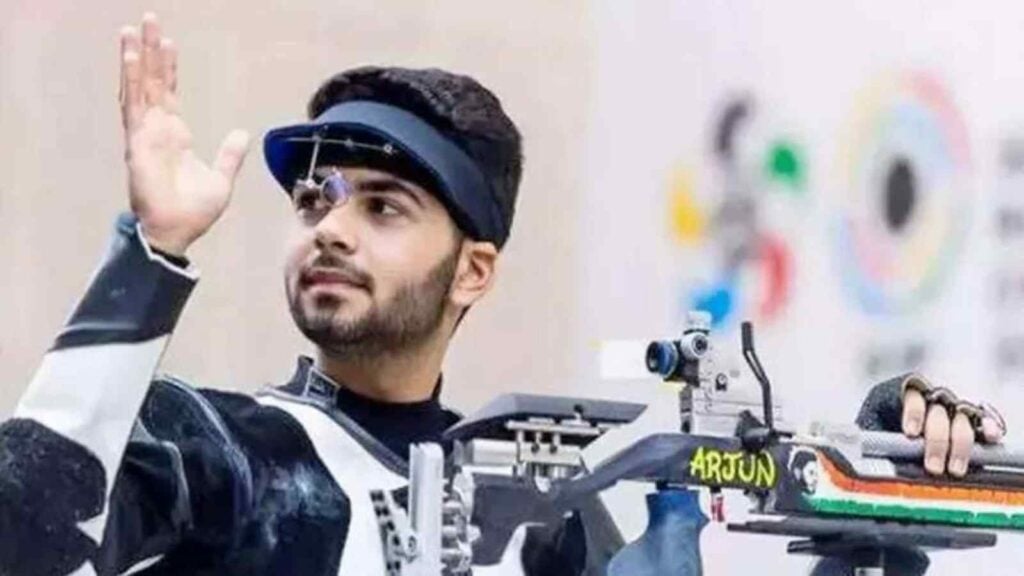
So we saw Elavenil Valarivan, who was in the qualification spot for the vast duration of her match, scoring a 9 in her penultimate shot that saw her drop out of the Top 8 altogether in Women’s 10m AR. Arjun Babuta was in medal contention in the Men’s 10m AR final but shot a couple of 9s at a crucial juncture that caused him to finish 4th. Ramita Jindal also shot a 9 that led to her early elimination from the Women’s 10m AR final.
Worse was to come from Sift Kaur Samra, the Asian Games gold medalist, who shot 8s in the prone series of Women’s 50m 3P, the one segment of 3P where 10s are the norm. She never recovered from the low-scoring round and ended up 31st out of 32 participants.
9s are criminal in the new high-scoring rifle shooting era. 8s are unheard of.
It wasn’t just the rifle shooters. Virtually the same happened with Anish Bhanwala and Vijayveer Sidhu in 25m RFP, who shot 8s as their last few shots in the final 4-second series when even 9s would have sufficed for both to qualify. Sarabjot Singh shot 93 in the 5th series which ultimately led to his missing out on a finals place in the Men’s 10m AP event.
It cannot be bad luck alone that leads to Indian shooters finishing on the wrong side of results in a sport where millimeters determine winning and losing.
Many Indian performances were plain average
‘Mid’ is a Gen-Z term that is used to describe anything mediocre. Those, incidentally, can be the adjectives used for certain Indian shooting performances at Paris.
The scores posted by the likes of Sandeep Singh, Arjun Singh Cheema, Anjum Moudgil, Esha Singh, Rhythm Sangwan, Aishwary Pratap Singh Tomar and the Mixed AR Teams can only be classified under different categories of ‘mid’.
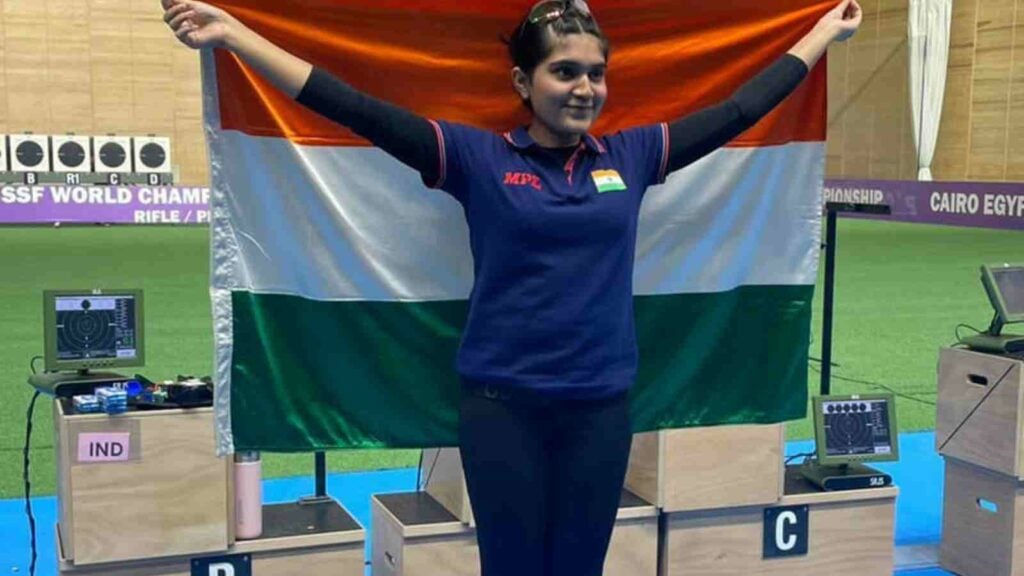
Some of them did have a fleeting chance of qualifying, while others never looked anything better than ordinary. It will not matter in the final analysis. This is not a good return on the massive investment that has been put into Indian shooting and is an indictment of the coaches and support staff.
Shotgun disaster yet again
When the term ‘mid’ is mentioned, how can Indian shotgun be far behind?
Not much was expected from the shotgun shooters and the squad delivered as per expectations, with the notable exception of Maheshwari Chauhan and Anantjeet Singh Naruka who unexpectedly reached the Mixed Skeet Bronze medal match and narrowly finished 4th.
When the more fancied rifle and pistol shooters repeatedly failed when it mattered, it would have been too much to expect clutchness from the inexperienced Skeet duo who at least showcased the potential of the Indian shotgun.
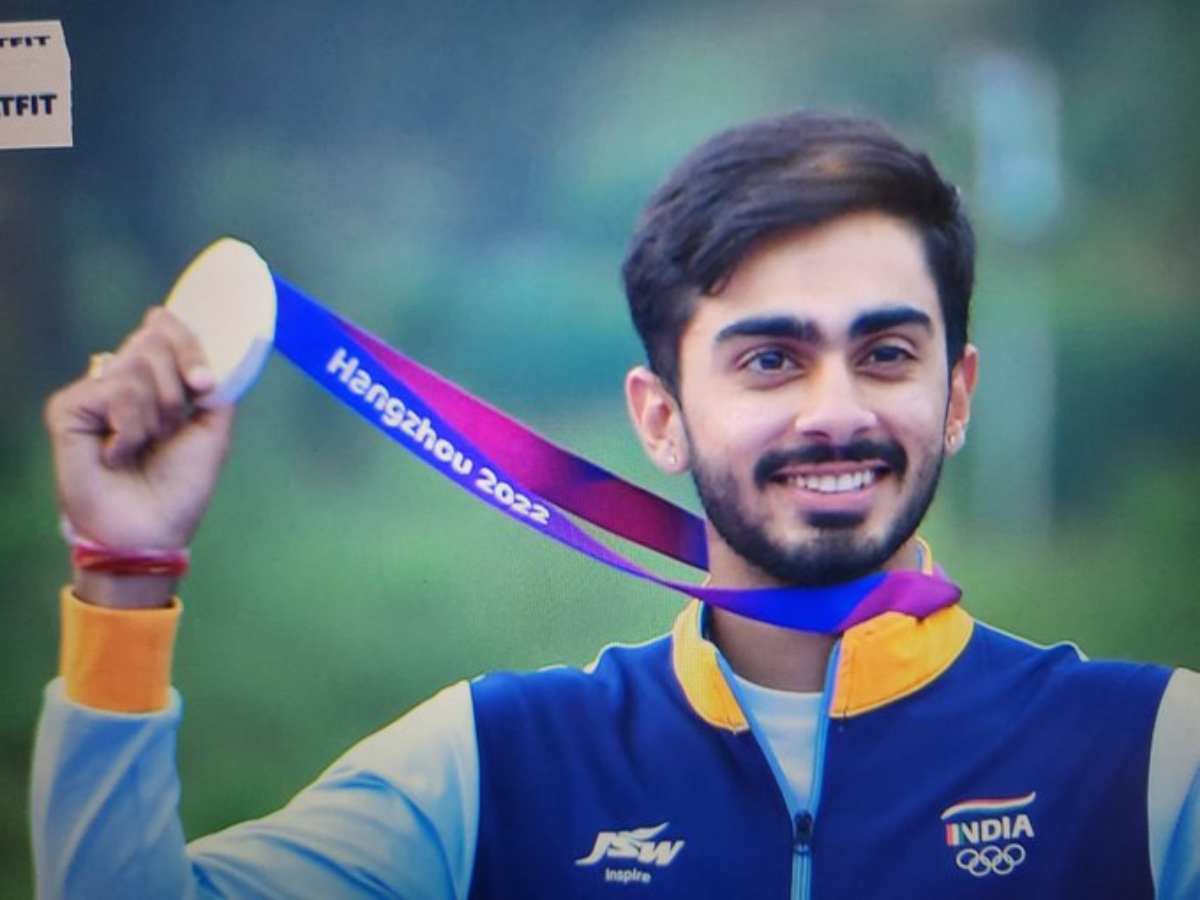
It has been 20 years since Rajyavardhan Rathore won silver. Indian shotgun shooters since then have mostly been also runners at the Olympics.
Adriana Ruano of Guatemala had finished last in Women’s Trap at Tokyo 2020. She turned things around in just 3 years and won Gold with an Olympic Record in the same event at Paris 2024.
Where there is a will there is a way. It is high time the government and NRAI demand accountability from the Indian shotgun fraternity that has delivered so little in two decades.
What went right with Indian shooting at Paris?
Manu Bhaker (perhaps due to the spiritual and calming influence of the Bhagavad Gita) was cool and composed throughout the qualification and final of both the Women’s 10m AP and 10m AP Mixed events. She had a chance for a third medal in Women’s 25m Pistol where she ended up 4th after a shoot-off, but it must be noted that 25m Finals has never been her strong event.
Sarabjot Singh, though he may not have put up his best showing in the AP Mixed qualifications, did enough to help India reach the Bronze medal match. He also shot a few 10s in crucial moments of the medal match that ensured the medal.
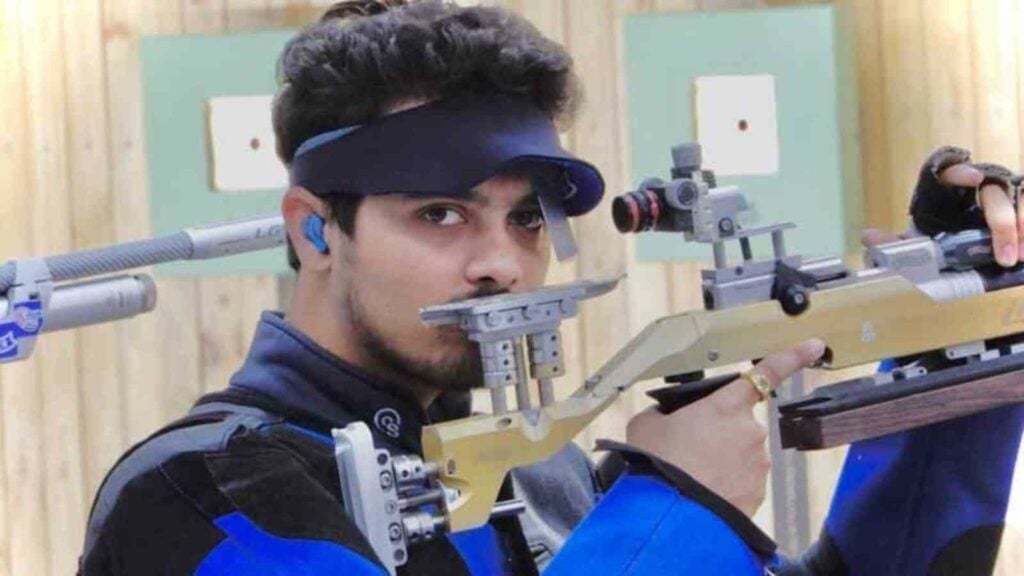
Swapnil Kusale had missed out on medals due to a single bad shot in the past, but he, unlike most Indian shooters, learned from his mistakes and did well to secure a bronze.
Indian shooters by-and-large put up better scores and placings than at previous Olympics.
What next for Indian shooting?
Firstly, the Junior Program of the NRAI has been a tremendous success and must be continued. Secondly, the selection policy needs refinement. At Paris, three shooters, namely Arjun Singh Cheema, Rhythm Sangwan, and Sandeep Singh, were selected despite not having much international pedigree.
Though the Olympic trials were grueling and elaborate, they take into account only scores and not big-match temperament. Shiva Narwal, Naveen, Esha Singh (in 10m AP), Palak Gulia and the former World Champion Rudrankksh Patil have all had better success in tournaments like the World Championships and Asian Games than those selected for Paris.

It is up to the coaches to identify and select those who have a temperament for succeeding at the Olympics. Merely looking at scores will hide the other deficiencies of the shooter.
In shotgun, two Men’s Skeet shooters should have been chosen instead of two Women’s Trap shooters so that two Indian Skeet teams could have competed in the Mixed event.
Thirdly, it is very important to nurture exceptional talents. A prodigy like Saurabh Chaudhary should not be allowed to fade into obscurity. Fourthly, the preparations for the next ISSF World Championships should begin right away with the determined aim of winning Golds in Olympic events (and not merely podiums).
A lot of fourth-places and near-misses are perhaps due to the folly of aiming for ‘any’ medal and not Gold. Only more Golds will inspire confidence for the next Olympics at Los Angeles.
In case you missed:
- ”We are fighting satanists and pe**philes” – France bizarrely mocking Christianity and including a child in their controversial rendition of The Last Supper enrages fans
- Carlos Alcaraz admits he was finding it tough to “manage the stress” while playing doubles with Rafael Nadal at Paris Olympics


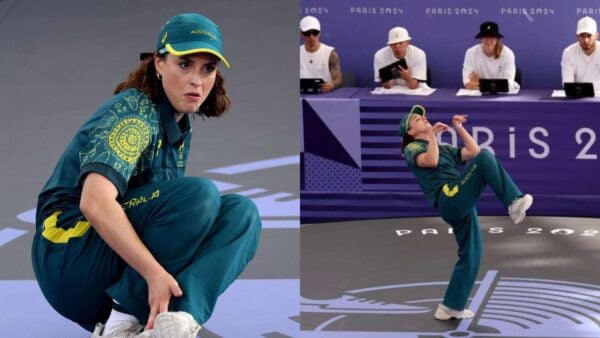







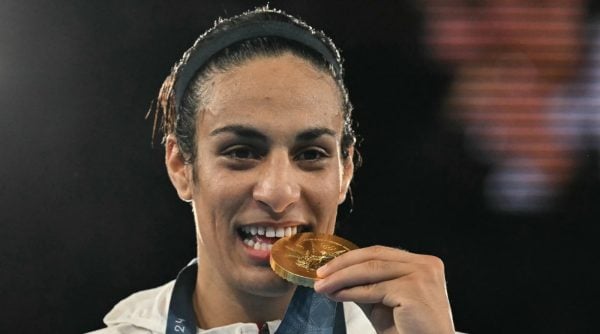
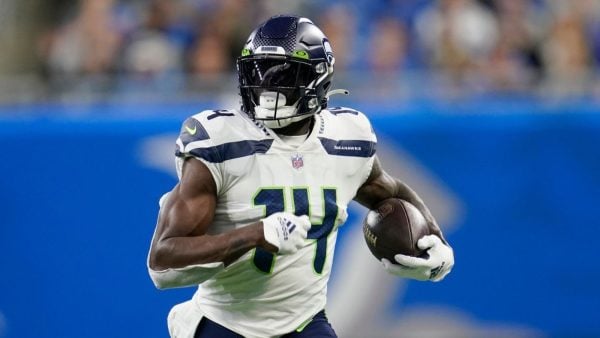
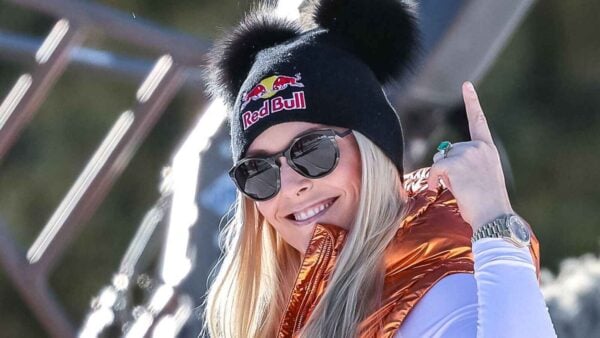
Niyati
(168 Articles Published)